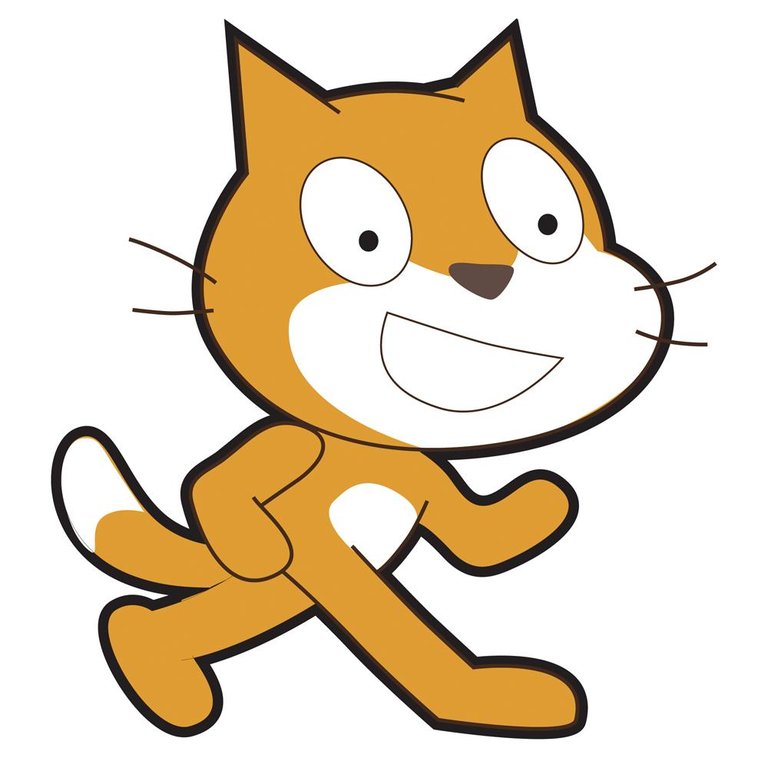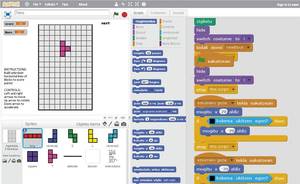On the teaching of computer science

The introduction of computer science in the world of teaching is being very fast in recent years: Program Eskola 2.0 and its netbooks, digital whiteboards, internet connection... This has been the subject of numerous criticisms, since many say that all money has been spent on material resources, aside from the human resources necessary for their management and maintenance and teacher training.
But even though computer science has not worked properly in general education, I would say that the teaching of computer science has been worse adapted to these new times. In primary, secondary and high school students are taught to use computers: Handling Word, Powerpoint, Internet, making a blog, editing images... They are learned spontaneously, since they are used in any other subject or in everyday life. But to people who can have a fondness for technology or for real computing, as is normal, it is boring and can take them away from computer studies thinking that in studies they are going to give things like this and that they already know. And today many young people can reach the time of studying career without even approaching real computing. Computing, in fact, is not learning to use computers, but understanding and mastering how they work and know how to program. There will be those who think that programming will not be useful in life to almost anyone, unless they are dedicated to computer science. But the same happens with physics, chemistry, biology, etc. And they are given.
Resources to learn to program
And if Primary and Secondary Education does not teach the basics and concepts necessary to program or program, it is not for lack of tools or resources. Many years ago, in our student times, they taught us through the turtle Logo or the robot Karel, asking that some drawing exercises or a virtual world be solved by sequential commands, conditional instructions and iterative statements. They are good tools, but currently there are better alternatives, more complete and attractive.
Currently, the best-known software used to learn to program since childhood is probably Scratch. In this (almost) free software created by MIT we have a scenario in which we can create different characters. And for each of them, we define their behavior with a script of sequences of commands in visual blocks. In this way, moving, changing image or attitude, waiting, talking and using this type of commands, you can make theater or film, as well as games or interactive stories. Thus, with this good and beautiful tool, the child learns the concepts of programming. It is available in many operating systems and also in Basque.
Another tool very similar to Scratch is Etoys, created in 1996 by Alan Kay at Disney (Kay is one of the pioneers of object-oriented programming and creator of the concept of laptops or tablets and the graphical user interface). Although it is not currently as widespread as Scratch, for example, OLPC is used on project computers. And there are many other tools like Crunchzilla Code Monster, Waterbear, Juveniles Mind, Alice, Squeak, Guido van Robot...
Hardware, robotics...
Another device widely used in computer teaching is the Arduino free hardware plate mentioned in the previous number. In its analog and digital inputs we place sensors or switches and in the outputs, motors or actuators, we write a program and obtain the desired electronic device or device. Raspberry Pi is also very well known and used. It is a cheap plate (although not totally free) similar to Arduino, but with more sophisticated input and output connections: USB, HDMI... Therefore, this is an authentic computer to which we can load a Linux system and give it a specific use (multimedia center, home server…), but it can and is used to teach computer. There are also computer kits based on Raspberry Pi, such as Kano.
You can also use robotics to teach computer science. Lego, for example, has a line called Mindstorms. These are several pieces of Lego, a programmable controller, some sensors and a kit of several engines. With this we can assemble different robots and program them to do different things: answer sounds, follow a track of earth... Or for younger children there are scheduled robots to play.
There are many other devices that can be used to teach computer science. RepRap free 3D printers, for example. And mounting digital photo cameras like Bigshot can be very interesting for kids and serves to teach hardware concepts.
To change the situation?
It is a general concern about the situation of the teaching of computer science. Read the words of Vikas Gupta, former employee of Google: "The situation of computer science studies in the US has been worsening in the last 20 years. [...] Why do we do nothing so that our children are interested in computer science? ". Or those I heard him at the ICT 2013 conference of Eben Uptoni Vilnius. According to him, in the UK 30 years ago BBC computers entered school centers, and those who had worked with them believed they knew everything about computer science, but they did computer studies because they were a novelty. He added that young people of today, because they study office in schools or because they use phones and tablets, are convinced that they know everything and, in addition, they have no efficacy of novelty. These two people I referred to have worked to solve their concern and have created Play the robot company and Raspberry Pi.
More and more initiatives are being made to make people aware of the importance of computer science and make it attractive. For example, from 9 to 15 December, the Computer Science Education Week (Computer Teaching Week) was held worldwide. And within this, the most important action was the Hour of Code or the Time of Programming, which put people (especially students) programming an hour. The initiative has been promoted by many important people (singer Shakira, actor Ashton Kutcher, Barack Obama himself...) and has counted on the participation of more than 15 million people.
All this work of awareness has begun to bear fruit. In the United Kingdom, from next year, throughout all of Primary and Secondary Education, all children will receive programming classes, from 5 to 16 years old. They will learn to program, to debug the code, to elaborate and implement algorithms, to use the technology safely and respectfully, to use the Boolean logic... Not only have they made this decision to be a workforce for the labor needs of the future, but because programming is a discipline that serves to work many basic skills (mathematics, problem solving...). The United Kingdom is the first country in the world to make such a decision, it cannot be the last!
Buletina
Bidali zure helbide elektronikoa eta jaso asteroko buletina zure sarrera-ontzian












